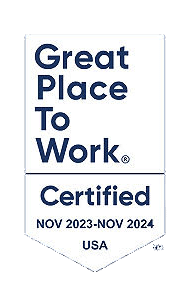-

Sage Intacct Construction 2024 Release 4: Learn What’s New
Sage Intacct Construction’s 2024 Release 4 introduces exciting enhancements to help construction businesses optimize operations, improve project management, and drive efficiency. Explore the highlights…
-

Sage Intacct 2024 Release 4: Discover What’s New
Sage Intacct 2024 Release 4 consists of new features and functionalities designed to streamline operations, simplify financial management processes, and enhance efficiency for your…
-

Master Your Year-End Close with Sage Intacct: A Complete Guide
As the year comes to a close, businesses face one of the most crucial and often stressful times of the financial calendar: closing the…
-
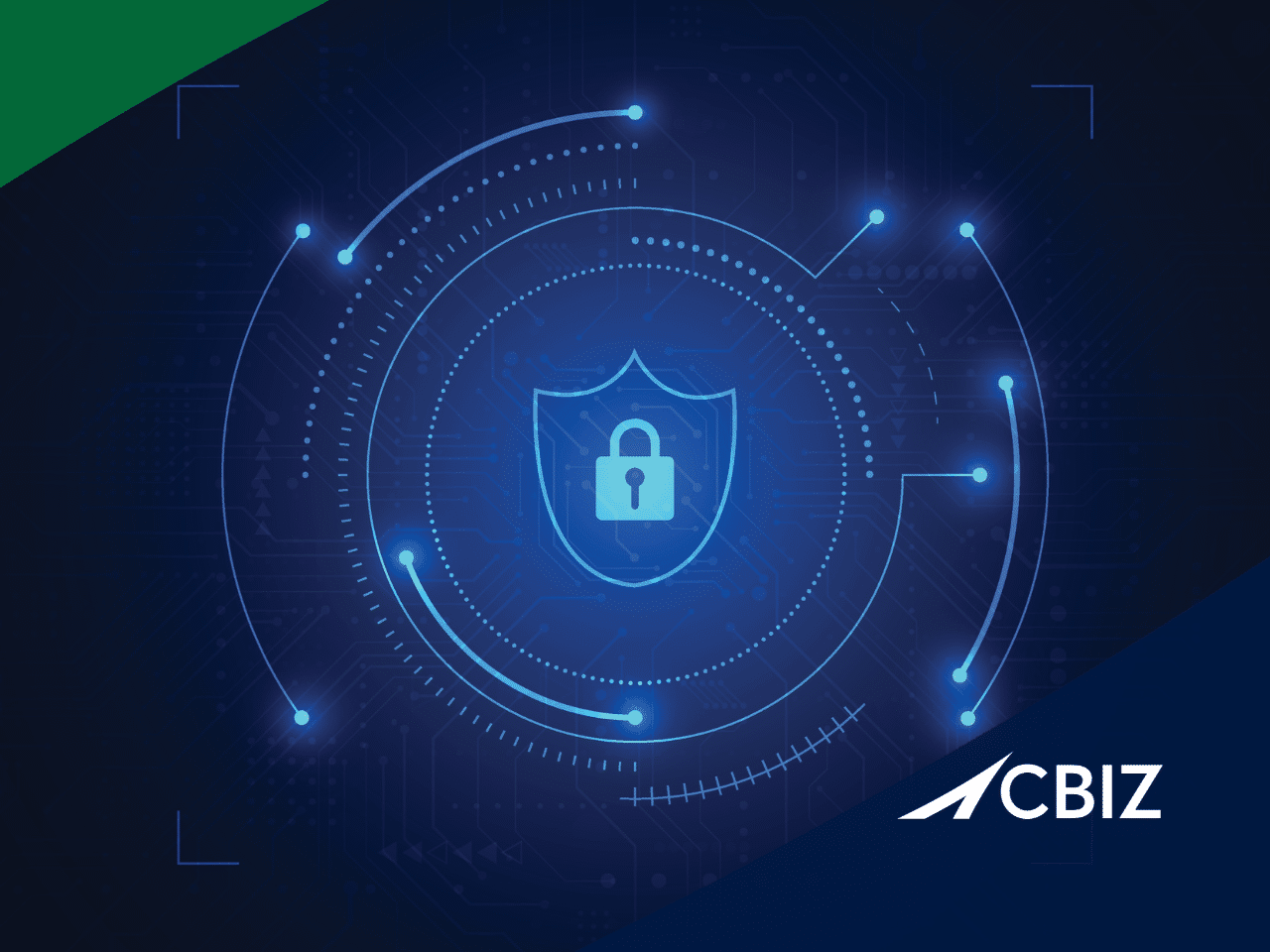
Cybersecurity Awareness Month 2024: Strategies for Year-Round Business Protection
October is Cybersecurity Awareness Month, a time to highlight the importance of protecting your business from evolving cyber threats. For small- and medium-sized businesses…
-
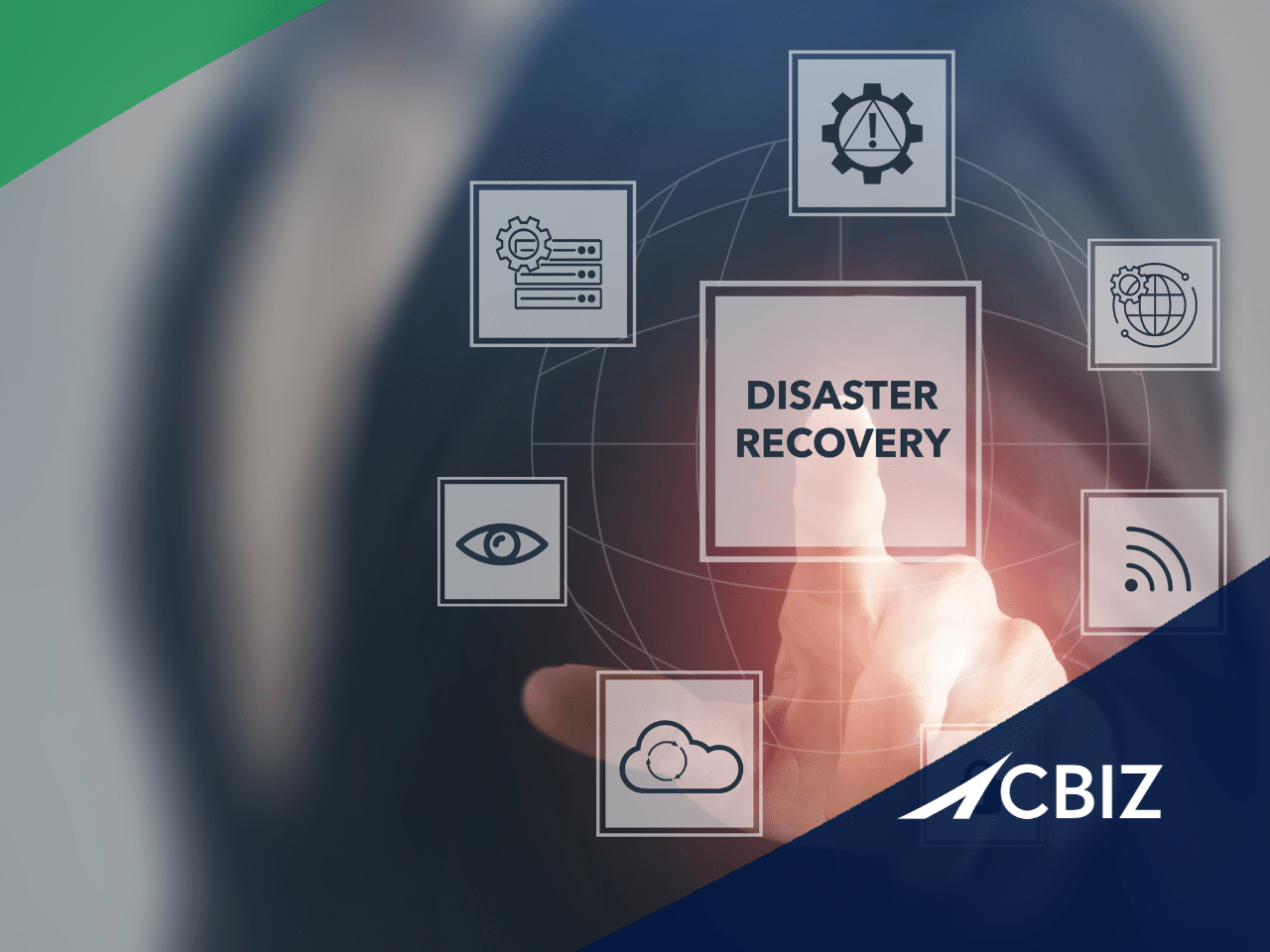
National Preparedness Month: The Cost of Being Unprepared—And How to Avoid It
National Preparedness Month is a crucial reminder of the importance of disaster recovery (DR) plans for businesses. In our previous blog, we discussed the…
-

5 Essential Features of Sage Intacct for Hiring and Staffing Agencies
In the hiring and staffing industry, managing a dynamic workforce, handling complex billing cycles, and ensuring accurate payroll are significant challenges. Agencies must juggle…
-
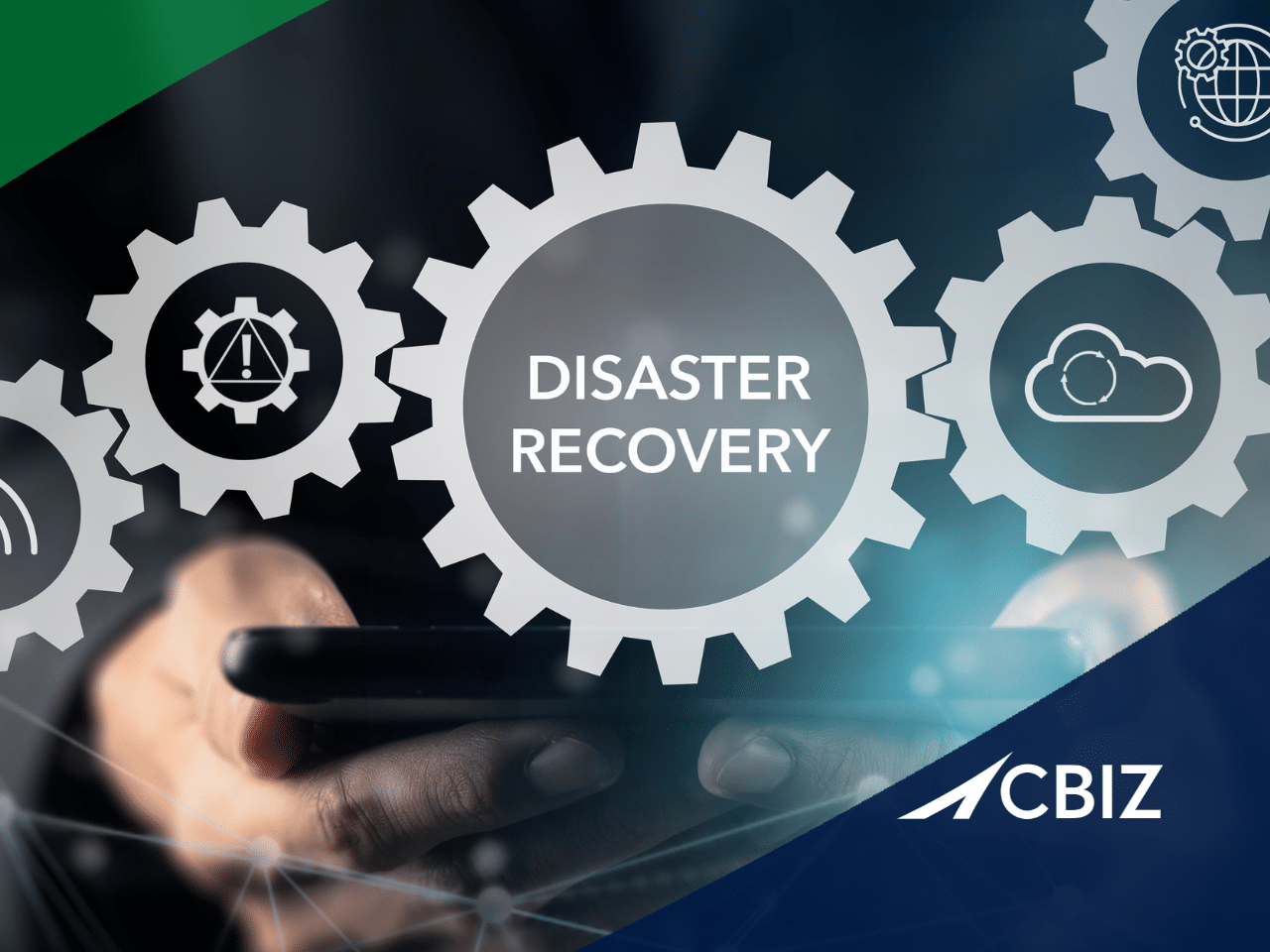
National Preparedness Month: Building an Effective Disaster Recovery Strategy for SMBs
As we head into National Preparedness Month this September – a month that highlights the importance of planning for unexpected events – it creates…
-

5 Key Reasons Sage Intacct is a Game-Changer for Transportation and Logistics
Transportation and logistics companies are always on the move, navigating a fast-paced environment that demands efficiency and precision. As these businesses grow, so does…
-

5 Ways Sage Intacct for Specialty Contractors Outperforms QuickBooks
As a specialty contractor, you’re well aware of the unique challenges and operational complexities in the construction industry. Using the wrong software can worsen…
-

5 Reasons Organizations Are Choosing Sage Intacct Over Microsoft Dynamics GP
As technology evolves and business needs shift, many organizations find themselves at a crossroads with their accounting systems. Microsoft Dynamics GP (formerly Great Plains)…
-

Your Guide to Outsmarting AI-Powered Scams
As artificial intelligence (AI) continues to revolutionize various industries, it also opens new avenues for cybercriminals. Scammers are now leveraging AI technology to create…
-
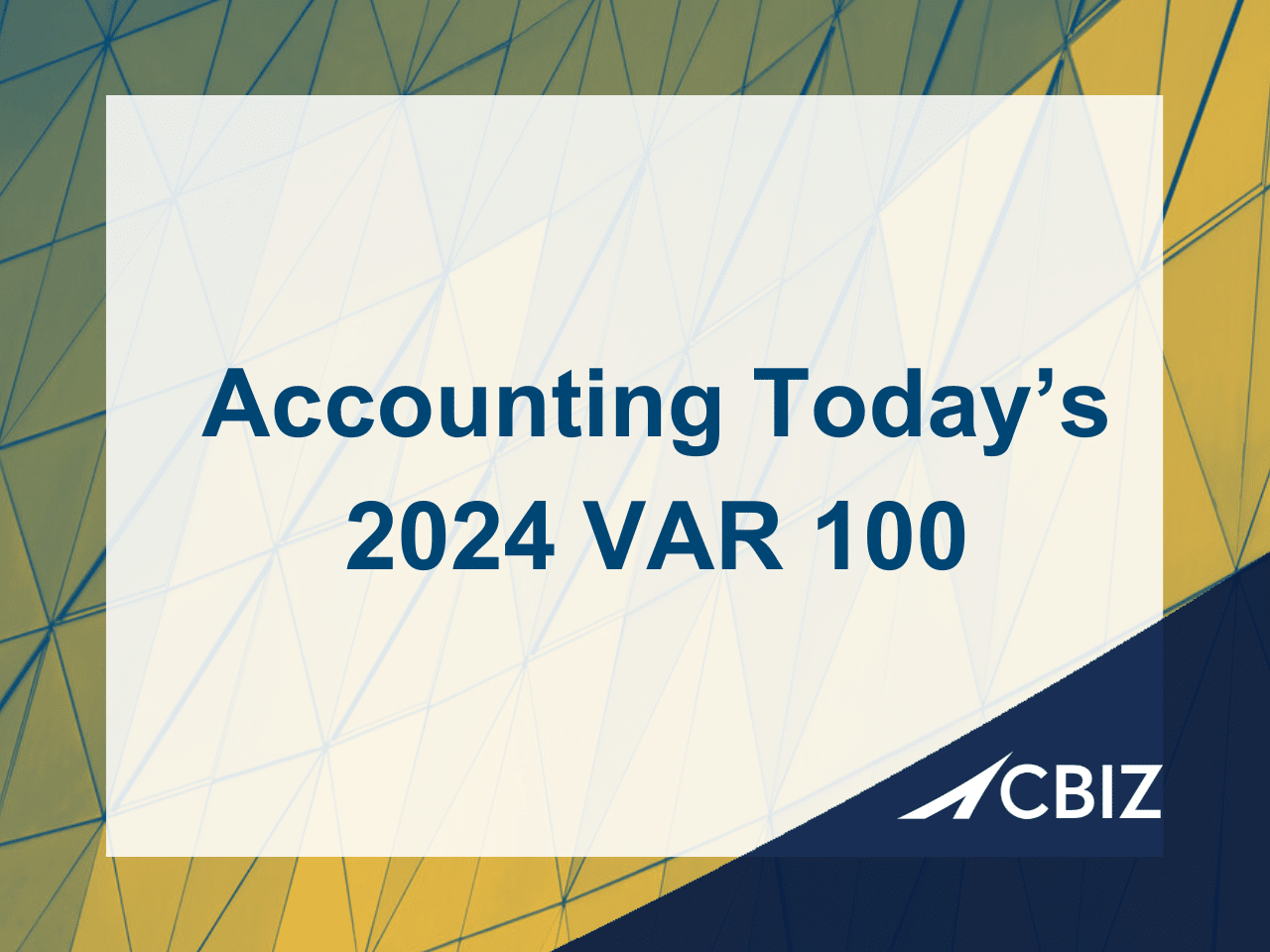
CBIZ CompuData Listed on Accounting Today’s 2024 VAR 100 List
JULY 15, 2024: CBIZ CompuData, an award-winning technology solutions provider, has been ranked by Accounting Today on the VAR 100 list as one of…
